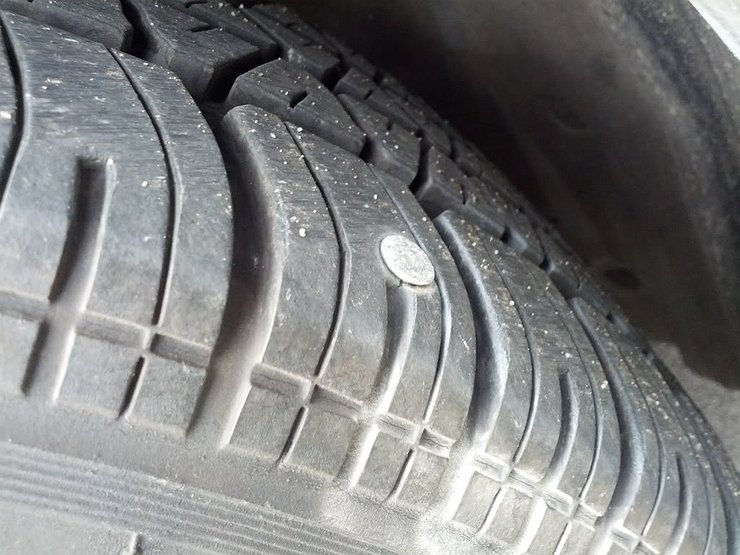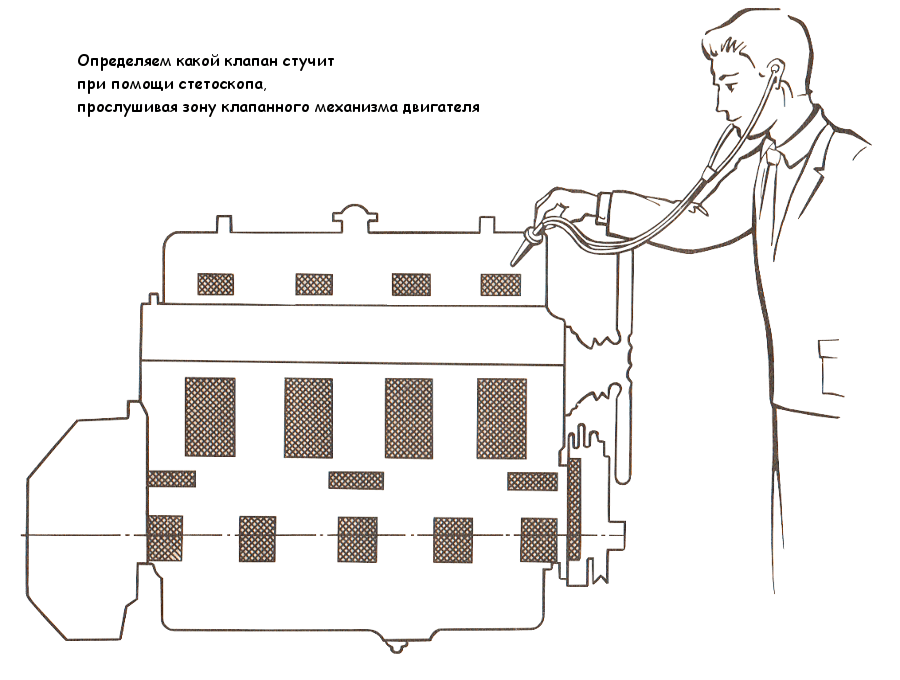
A nail in a tire can happen to anyone - find out how to fix it safely and if it's even possible
Content
Even the most prudent driver can puncture a tire - after all, this is one of the most exploited elements of a car. Hitting a foreign object, such as a nail, is the most common cause of injury. Even regular maintenance of the car will not protect against such a breakdown. It also does not depend on dynamic driving or the way the car is used. What's more, a nail in a tire can greatly derail your plans, especially if you're in a hurry to an important meeting or heading off on a long-planned vacation. If you suspect a tire is damaged, you need to act quickly.
Nail in the tire - how to recognize?
There are several different types of tire damage, and they don't always show up as a loss of pressure, known as flatulence. How to understand that you are dealing with a tire failure? The most common symptoms include unpleasant noise, steering wheel shaking and vibrations of unknown origin. The driver may notice that the vehicle is pulling towards the damaged tire. This condition directly affects the comfort and safety of driving and can even pose a threat to road users, so it should not be underestimated.
Flat tire - what to do?
If you notice warning signs that may indicate tire damage, you should not continue driving. The best solution is to immediately pull over to the side of the road to calmly confirm a potential tire failure - this should be done in a safe place, preferably on a level surface. Before leaving the vehicle, turn off the engine, apply the handbrake and leave the vehicle in gear. Also remember to wear a reflective vest and place a warning triangle at the right distance from the car - depending on the type of terrain, this will be a meter, 30-50 m or 100 m.
Tire replacement - what not to do?
Your suspicions were confirmed and the problem is a nail in the tire? Do not try to pull it out as this will cause a sudden loss of air and will only make things worse. The specially designed tire design ensures that the foreign body is compressed by the steel cord of the tire, which temporarily prevents pressure loss. So can you keep driving? This is not recommended. The safest solution is to use a spare tire - you can change it yourself, ask an experienced colleague to do it, or use technical assistance on the road.
How to safely change a wheel?
Before you start replacing a tire with a new spare, safety should be your priority. After installing the warning triangle, you can additionally block the wheels on the car with wedges. Also make sure that you have the necessary tools for this, especially a jack and a wheel wrench, such as a torque wrench or so-called. Teutonic Knight. In some situations, a repair kit is practical, taking up much less space than a spare tire.
Vulcanizer visit
A nail, screw, or other foreign object in rubber is always a good reason to visit a vulcanization—a specialist can look at it with a professional eye and assess whether it can be repaired or whether a new tire will have to be bought. What does it depend on? Including the size of the defect, the location of the hole and the type of damage. The vulcanizer will also pay attention to your tread - sometimes it turns out that the tires already need to be replaced, and their damage is a good reason to do this.
When can a tire be repaired?
A driven nail doesn't always mean the cost of buying a new tire. In many situations, you can effectively repair your tires, which will save you a lot of money. The cost of such a service on a vulcanizer ranges from PLN 30 to PLN 70 per piece, depending on the place of residence. Especially small holes located in the frontal zone of the tread, up to 6 mm in diameter, are subject to repair. If the mechanic did not notice any bulge and the carcass of the tire was not damaged, it can be successfully repaired.
When is tire repair not recommended?
The situation is aggravated if the nail is driven into the tread surface, the side of the tire or its second inner and outer wall. Then even professional vulcanization is not able to restore the original strength, and such an attempt may result in a tire burst while driving. All kinds of holes, cuts or abrasions on the side wall weaken its internal structure, which becomes subject to heavy loads. In this case, there is a risk that the tire will burst at the most inopportune moment, which will create a huge threat to the lives of passengers and other road users.
A nail in a tire is a serious impediment to moving on. In this case, go to the vulcanizer as soon as possible, which will solve your problem.
